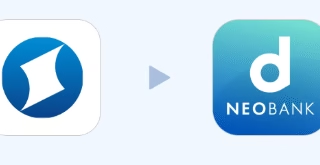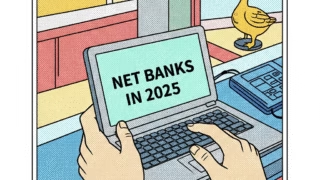 Bank Accounts
Bank Accounts Neobank Sumishin SBI Bank Re-Brands
If there's one constant in the banking world, it's change. While traditional banks can be slow to embrace real change, r...
 Bank Accounts
Bank Accounts  Bank Accounts
Bank Accounts  Bank Accounts
Bank Accounts  Bank Accounts
Bank Accounts  Bank Accounts
Bank Accounts  Bank Accounts
Bank Accounts  Bank Accounts
Bank Accounts